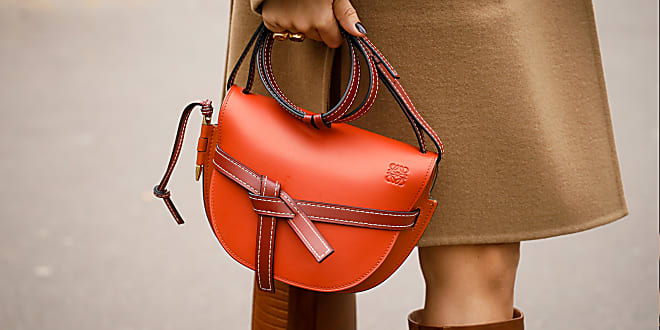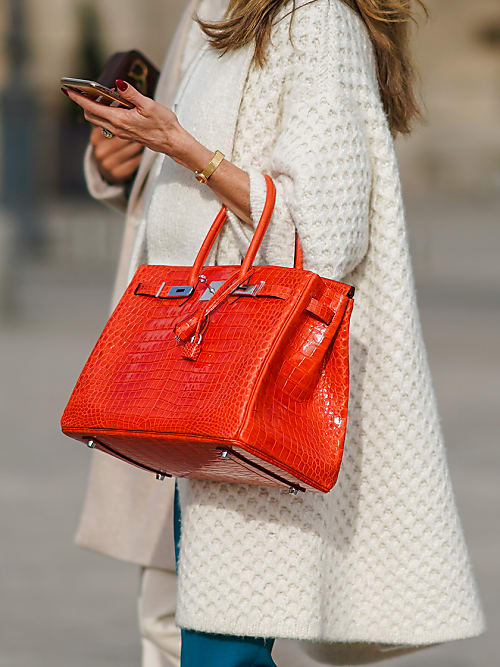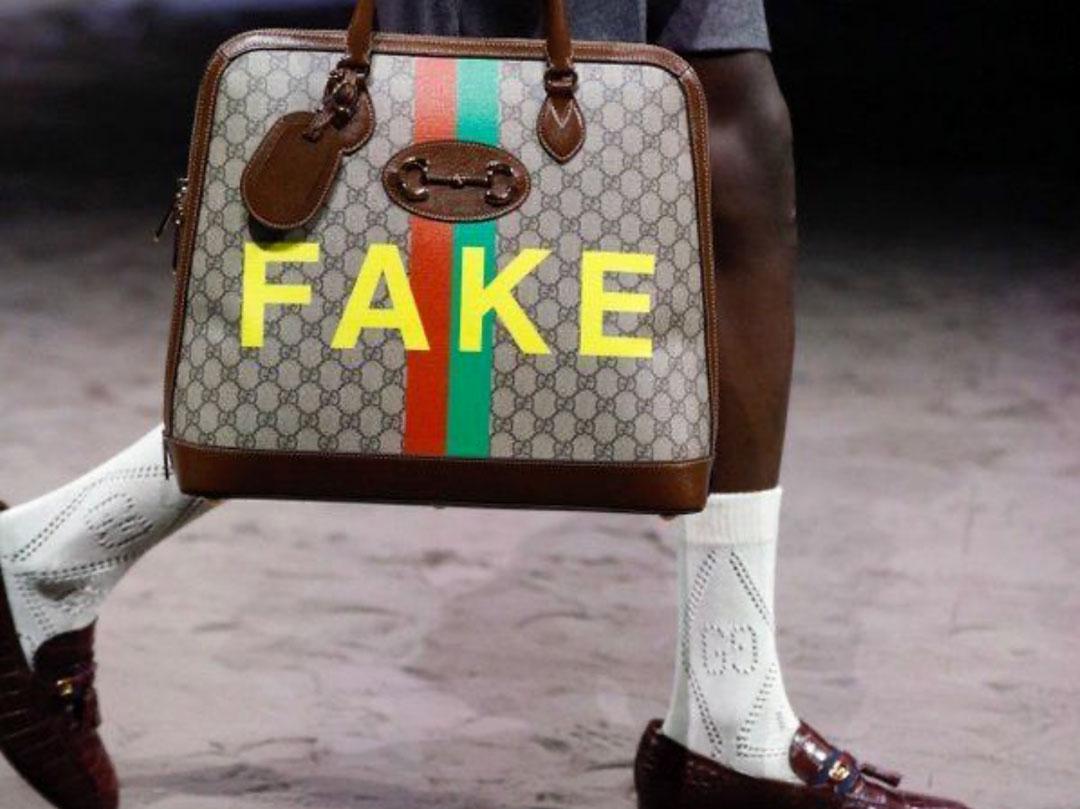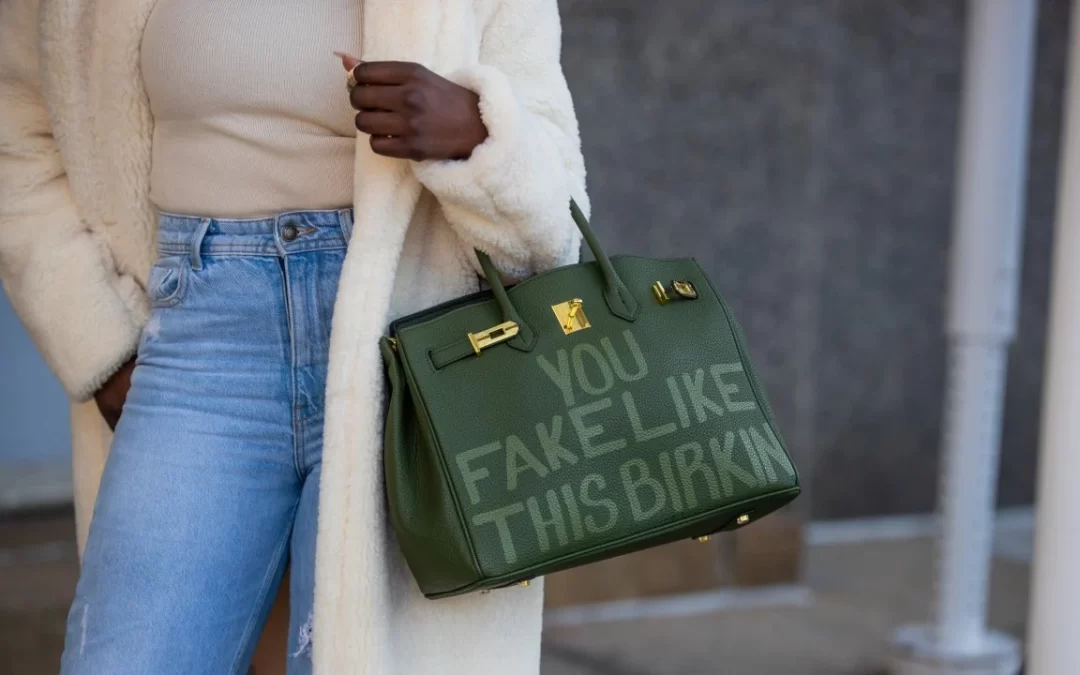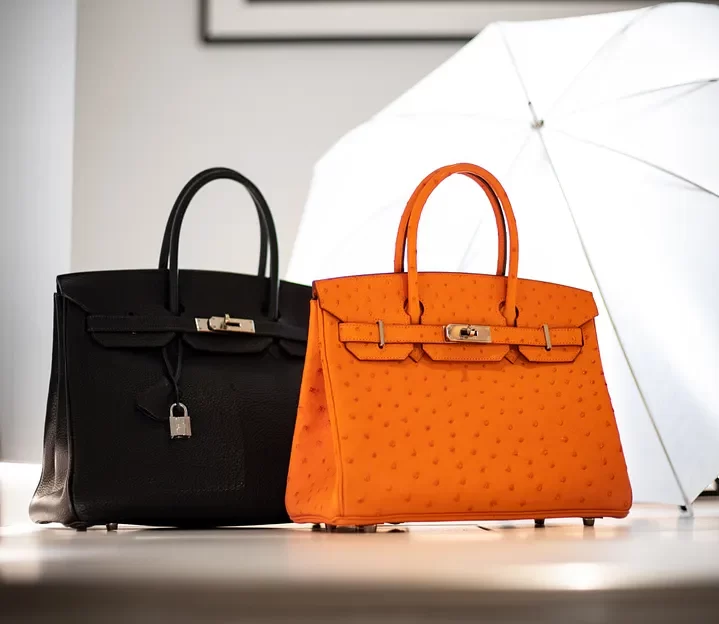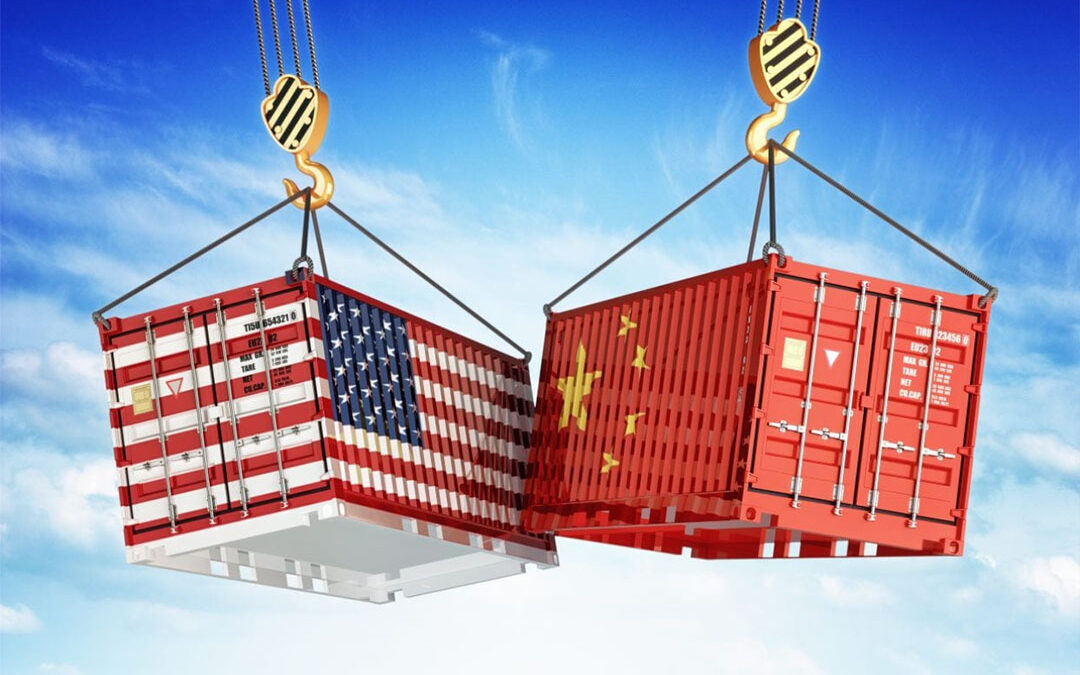
Honey, Is My Bag Fake?
In the labyrinth of love and relationships, there are conversations that couples anticipate with dread or excitement. From “We need to talk” to “Where is this going?”, these dialogues can shape the future. Yet, there’s a new contender in town, stirring up just as much intrigue and perhaps a touch of humor: “Darling, is my designer bag a faux pas or a genuine masterpiece?”
In the age of online shopping sprees and the quest for the perfect Instagram-worthy lifestyle, the authenticity of a designer bag can spark debates as fervent as choosing the next vacation spot or the next Netflix series to binge-watch together. So, how do partners navigate this delicate topic without turning a fashion statement into a fashion faux pas? Let’s dive into the whimsical world of replica revelations and genuine gestures.
The Initial Unveiling
Picture the scene: one partner returns home, arms laden with shopping bags, a gleam of triumph in their eyes. They unveil a designer bag, the kind that usually comes with a waiting list longer than the line for the newest iPhone release. The air is thick with anticipation. Is it an investment piece, or did they cleverly dodge the hefty price tag for a lookalike?
The Moment of Truth
The other partner, armed with a keen eye for stitching and an encyclopedic knowledge of logos, takes a moment. They ponder whether to embrace the bliss of ignorance or embark on a quest for the truth. After all, does it matter if the bag can pass the test at a gala or if it’s just perfect for grocery shopping chic?
The Honest Exchange
Transparency is key in relationships, and this extends to the authenticity of accessories. Couples find themselves at a crossroads: to confess the bag’s real origins or maintain a veneer of designer decadence? These conversations can lead to laughter, a deeper understanding of value versus vanity, and sometimes, a shared online hunt for the best replicas that won’t break the bank.
The Unspoken Agreement
Many couples reach an unspoken agreement. Like understanding who controls the remote on movie night, they decide whether the authenticity of a designer bag matters in their world. For some, the thrill of the hunt for genuine articles becomes a joint adventure. For others, the clever acquisition of high-quality replicas is a testament to their savvy and the fun secret they share.
Conclusion: Love Beyond Labels
In the end, whether a designer bag is real or fake may spark lively debates, but it’s the understanding and laughter shared in these moments that truly matter. Couples who can navigate the murky waters of fashion authenticity with humor and grace find that it’s not the logo on the bag that defines their relationship, but the stories they create and the memories they share, one (real or not) luxury accessory at a time.
So, the next time you find yourself pondering whether to reveal the true nature of your latest designer acquisition, remember: in love and handbags, it’s the journey and the joy found in honesty that truly count.


